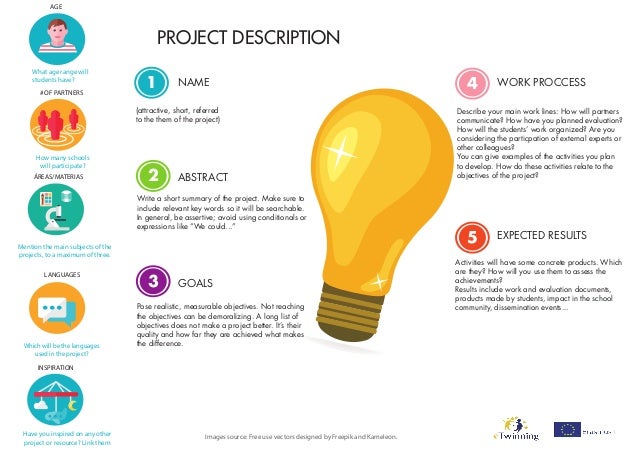 This is my project plan for eTwinning.
This is my project plan for eTwinning. Friday, 7 December 2018
Saturday, 1 December 2018
Tuesday, 27 November 2018
Collaboration in eTwinning
Share some good and bad examples of collaboration you have come across. This could be activities you have implemented in the classroom or something you have observed in your school (or even outside of your school). Take into account the points raised in the video on what true collaboration entails. Take a look at the examples shared by your colleagues and comment on at least two of them.
Welcome to the Chapter “Collaboration in eTwinning”!
As I've already mentioned, collaboration is absolutely the
most important part of any project. You can work on the same project, but if
you don't collaborate and exchange ideas, you can be lost and go to different
directions. The point of the project is to make bonds, to exchange ideas, to
learn from others and to share what you know. This year I've taken part in the
first eTwinning project and I already like it. The problem is if some partners
are not active enough, then our project is slowed down, which is not good. The
role of the coordinator is to encourage all the participants to do their tasks.
The same problem appears with students and their PB work.
Friday, 23 November 2018
Wednesday, 21 November 2018
EVALUATION CRITERIA
There are 6 evaluation criteria when creating an eTwinning project:
1) Innovation and Creativity;
2) Curricular integration;
3) Communication and Interaction among partner schools;
4) Collaboration among partner schools;
5) Use of technology;
6) Results, impact and documentation.
I
think that collaboration is the most
important criterium, because if there is no good collaboration and
communication among the participants, there is no progress. For good
collaboration we need all other criteria; we need web tools, as they facilitate
this communication; we need to be creative and innovative, but first of all
let's discuss it and do it together.
Resources for sketching out a project
1) Innovation and Creativity;
2) Curricular integration;
3) Communication and Interaction among partner schools;
4) Collaboration among partner schools;
5) Use of technology;
6) Results, impact and documentation.
Resources for sketching out a project
The first challenge this week which will be
outlined further in the next section is to draft a collaborative
project. To do this, you may be inspired by the needs analysis and best
practices that we saw last week. In addition, we suggest the following
resources:
A Project scheme with the headings you should consider and include as well as some recommendations on them.Thursday, 15 November 2018
Keys to PBL
What is your experience with PBL? Why would you like to implement it in your classroom? Have you faced any difficulties in its implementation? If so, which of the 5 core elements were the most difficult to adapt?
I like the idea of PBL learning and I've learned about it but I still have to improve some phases of it. For example, I have difficulties with big classes how to motivate them to participate with more enthusiasm in their work. While some groups are doing great, some of them are making me crazy. They are talking in their mother tongue and don't do much of the task. They don't participate all in it. But I'm working on this and I think I'll find ways how to make them all work better and how to collaborate.
Introduction
Hello everyone! I come from Croatia where I work in a vocational school. I've already done a PBL online course, but I don't know much about eTwinning. I like ICT tools and use them in my teaching. I love my job and I enjoy teaching my students so I could be nothing else, but if I have to I would be a librarian. I love reading and having fun with my friends.
Tuesday, 6 November 2018
Subscribe to:
Comments (Atom)
